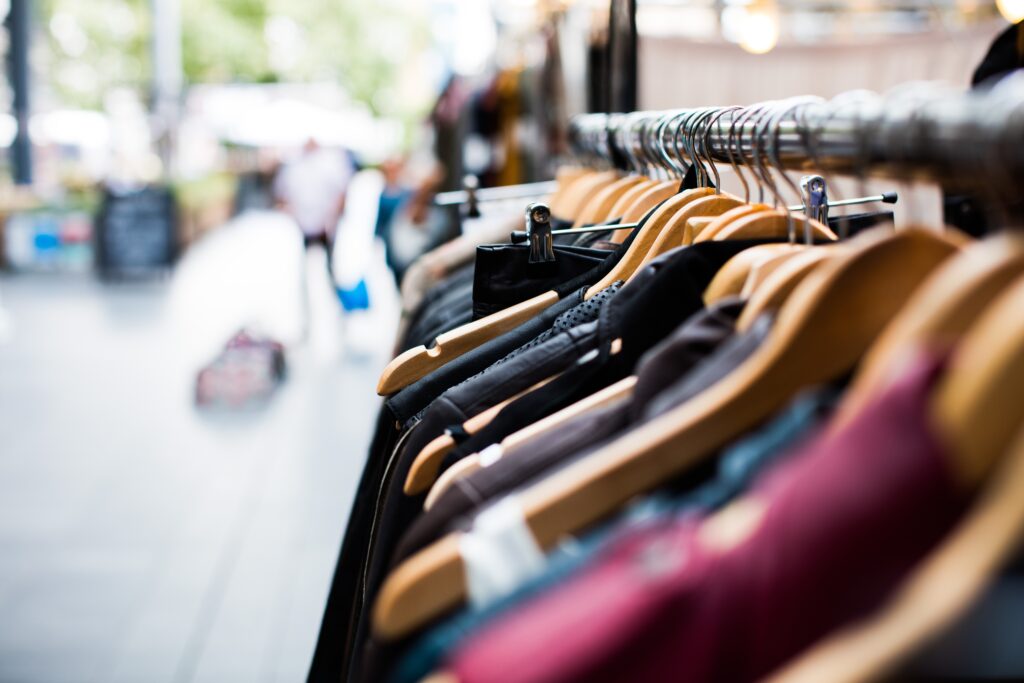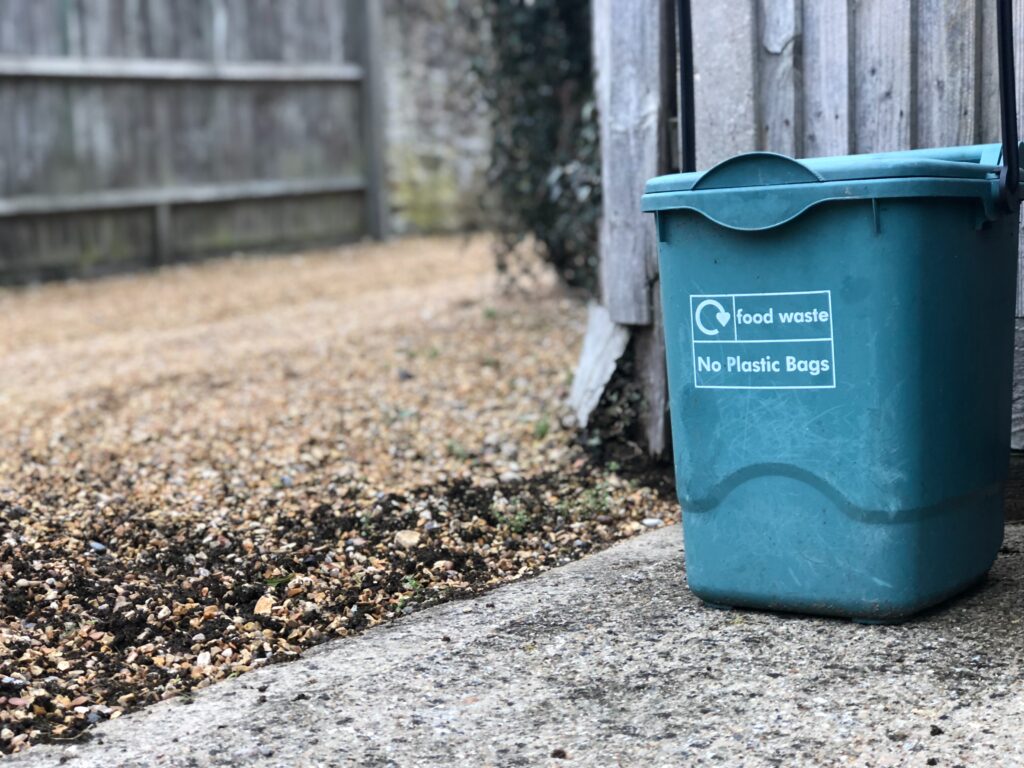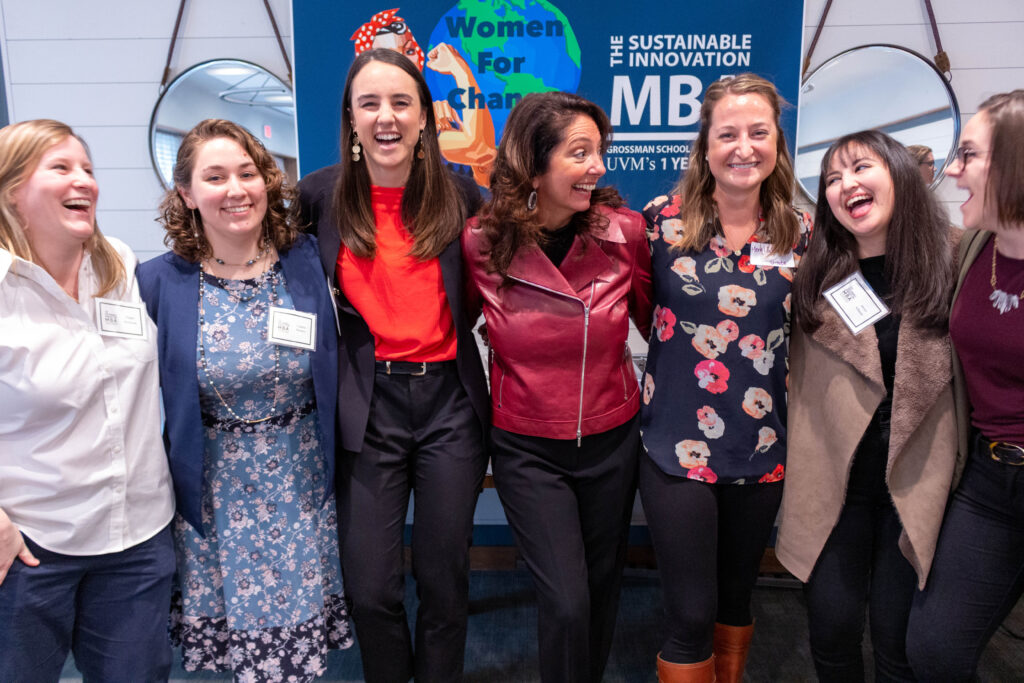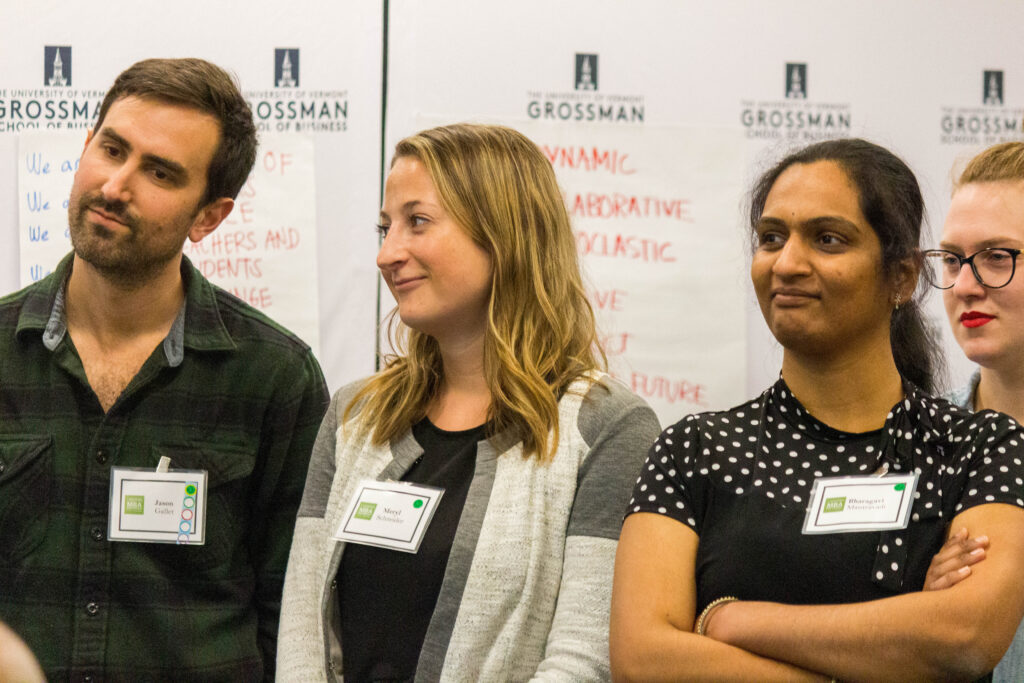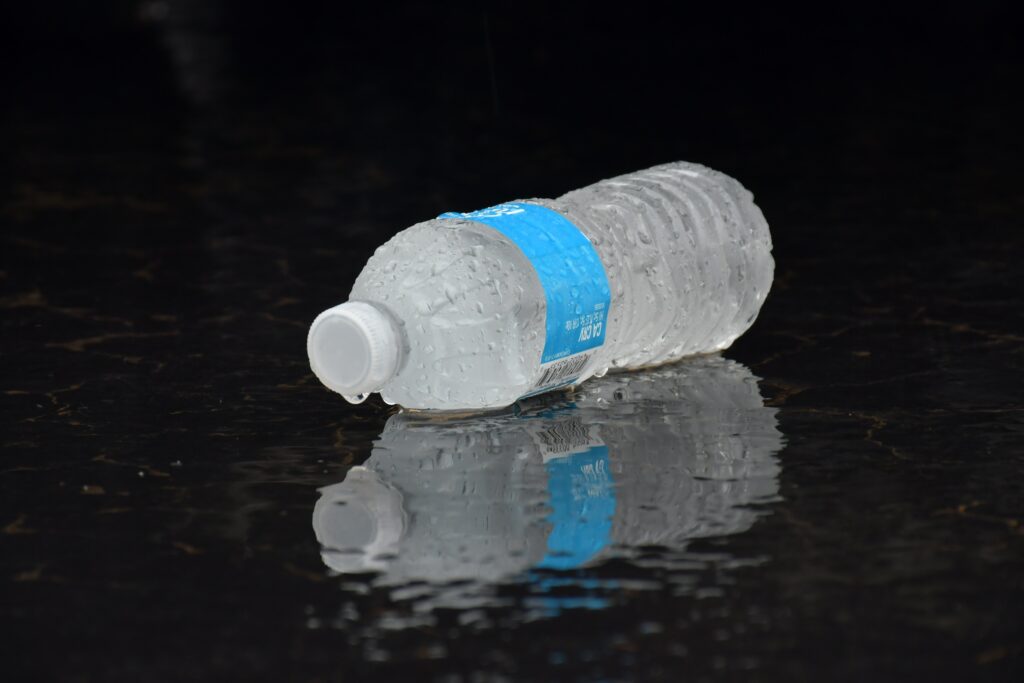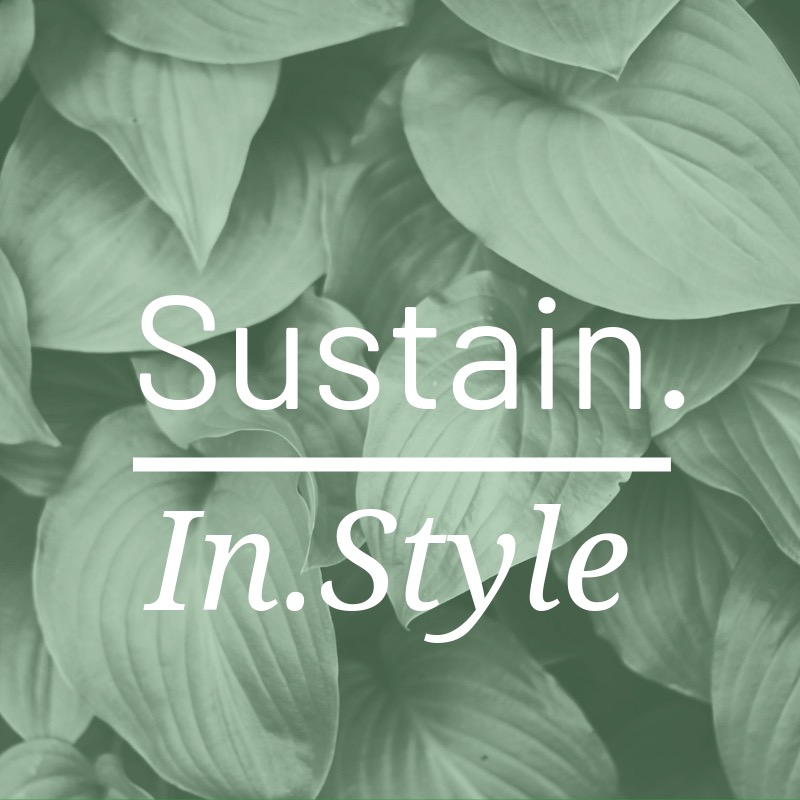This post was written by Emily Klein ’19
EDITOR’S NOTE: The MBA Women for Change, a student-founded and managed group, is about to conclude its first year of existence, and scored a number of significant accomplishments in 2018-2019 aimed at bringing the issue of gender equality in the workplace to the forefront.
As a woman in my mid-twenties, I am constantly thinking about my future—crafting my next move, creating my career path, and navigating the opportunity costs of personal and professional decisions. My decision to attend business school solidified my personal statement of purpose: I am capable, confident, and powerful, and I will bring about meaningful change in the world. For me, business school was intimidating and, to be honest, sometimes I felt like an imposter; however, if there is one thing I’ll take away from the SIMBA program, it is the idea that challenges bring about great opportunities.
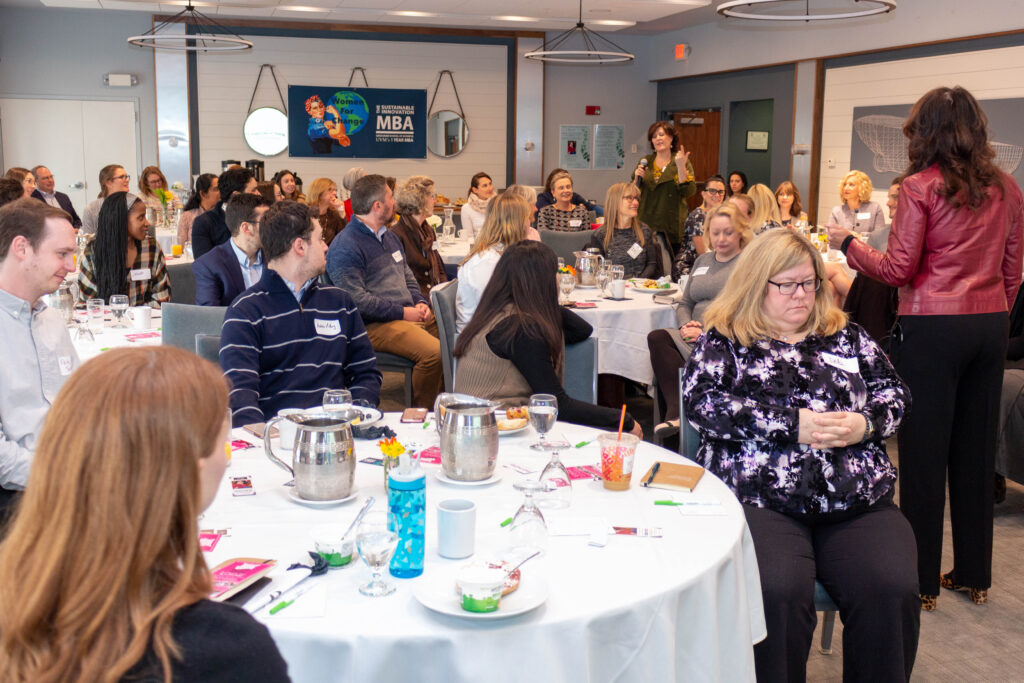
We started the MBA Women for Change group to actively promote women in business leadership roles. Female leaders are and will be key drivers of sustainability efforts around the world; we see great opportunity in recognizing and capitalizing on the unique perspectives of women as we pursue sustainability and innovation in business.
MBA Women for Change has three goals in mind for our short year together: spurring deeper conversations around women in leadership and sustainability roles; organizing professional development opportunities; and building networks of support within the university and in the Vermont business community. In our first semester, we have accomplished quite a lot in pursuit of these goals:
Conversations around women in business: Serving as a support group and forum for women in the current cohort, Women for Change has encouraged discussions on topics ranging from Sheryl Sandberg’s “Lean In” to communication and confrontation. The group has also facilitated cohort-wide conversations around gender, identity, and leadership.
Professional development: Women for Change has hosted several professional development workshops, including a session on power and leadership in conjunction with the UVM Women’s Center, lunch with guest speaker Lori Smith on organizational wellbeing, and an interactive situations workshop with our own Alexa Steiner.
Outreach: Coordinating with the Alumni MBA Women’s Group and women on the SIMBA Advisory Board, Women for Change is working to create a more tight-knit SIMBA community of female leaders. Group members have also attended community networking events with Vermont Womenpreneurs, Vermont Women’s Fund, and the New England Women’s Investor Network, and have connected with local businesses such as Generator, a makerspace in Burlington.
In pursuit of these goals, we have sparked deeper discussions, forged stronger connections, and created a more supportive and inclusive learning space. Our hope is these conversations, interactions, and networks empower women to take the lead toward a more sustainable future. By growing the pipeline of female leaders in the sustainability space, UVM and others are effecting long-term change. As many before me have said: this is not a women’s issue, it’s a human issue.
They say to be the change you wish to see in the world. The MBA Women for Change group envisions a more sustainable and equitable future; our cumulative individual efforts power a driving force within our program and beyond to achieve this vision. For the twelve months we have together in the SIMBA program, we work to change the conversation around female MBA students and leaders.
Come August 2019, we will have a powerful network of women behind us as we move into corporations and create our own companies. From finance and marketing to supply chain and social responsibility, we are the leaders we wish to see in the world. I am proud to study alongside tenacious women and supportive men – together, the 41 of us are a force to be reckoned with.


